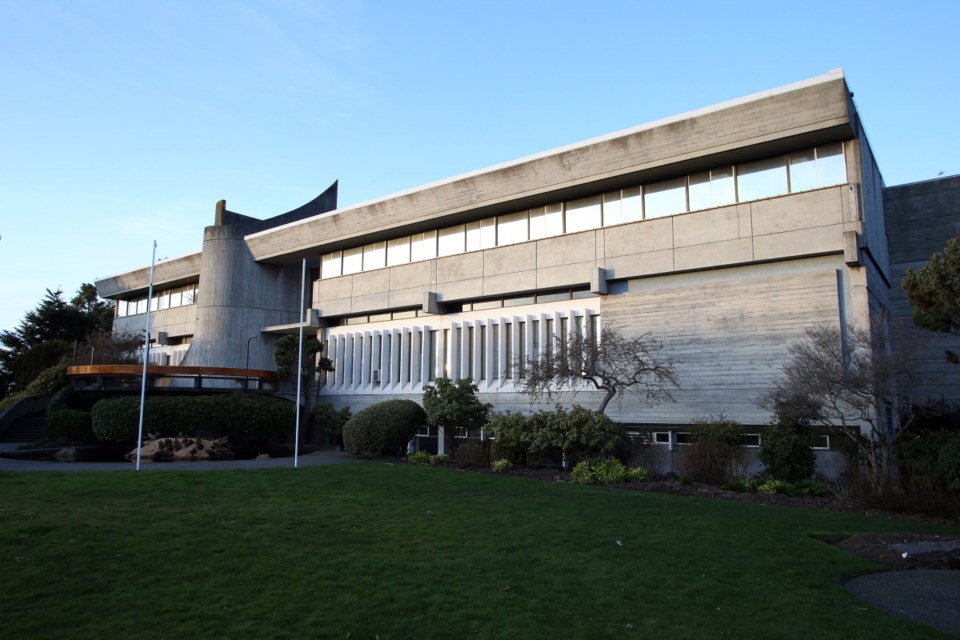Saanich homeowners will have to remove their old buried oil tanks once they are taken out of service under bylaw changes soon to be approved by Saanich council.
“Tanks are no longer [installed] underground, that’s not best practice. But in cases where they’ve been left underground, the regulatory change now requires that they be removed,” said Coun. Dean Murdock, chairman of the environment and natural areas committee that helped craft the changes.
Most communities require that inoperational tanks be removed to avoid the risk of failure, Murdock said.
Saanich’s current bylaw requires that old tanks no longer in service be made inert. The bylaw change will not apply to those where that work has been done.
“Our fire department staff, environmental services staff and engineering staff had a look at it and found that the cost difference between what used to be the old practices — cutting the tank in half, emptying it of oil and filling it with sand — the cost difference between that and having it removed was negligible. It was within $100 difference,” Murdock said.
Murdock said there have been cases where tanks that have been rendered inert have still been the source of contamination. Decommissioned tanks have been known to fill with water and slowly leak into the soil. Some will rust and collapse, resulting in a sinkhole on the property.
For the additional cost of removing a tank, a homeowner buys peace of mind, he said.
“When damage is done — when there is a failure and home heating oil starts leaking — it’s a terrible situation and it causes significant damage and at significant costs,” Murdock said.
“In a lot of cases, those are unrecoverable costs. … Even if we manage to avoid one tank failure, I think that would be a success.”
Burying tanks hasn’t been common practice for several years, but there’s no telling how many may be out there, he said.
“There are areas of Saanich that developed when it was very common to bury oil tanks and there are a number of other communities that have houses of a similar age where that would have been very common.”
Saanich’s bylaw changes came after a review of a University of Victoria Law Centre report on best practices to avoid tank failure.
Murdock plans to continue work on issues surrounding buried tanks with the committee, perhaps ultimately lobbying the province for changes that would help track down their locations. Municipalities have some records of where tanks may be buried, but they are in no way definitive, he said.
Some of the fuel companies that originally sold the tanks would have records, Murdock said. “But, for proprietary reasons, they are not interested in sharing that and there’s no obligation for them to share that information.”
The municipality would like to see the province require the fuel companies to provide information about tank locations, Murdock said. “We’re not interested, obviously, in the client or customer information. It wouldn’t be for any other purpose other than notifying the homeowner.”
Murdock notes that it’s in everyone’s interest to find and remove the old oil tanks. It’s common in lawsuits over leaks for every person who has ever been on title of a property to be named as a litigant.
“So even if you no longer are a property owner but you have at one time been a property owner, you’re still on the hook,” he said.
The bylaw has gone through three readings and is awaiting council’s final approval.



